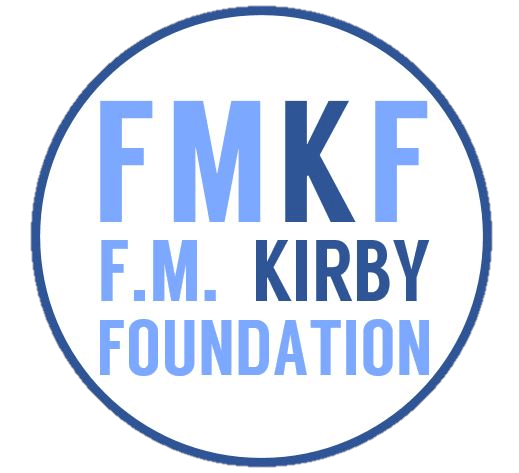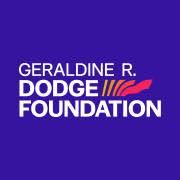Drawing in the Classroom
Description
 Drawing in the Classroom will provide sequential professional learning for the visual art teacher to advance his/her/their teaching and learning practices in the content area of drawing. Educators will explore methods of drawing with an emphasis on observation, visual perception, and individual expression. Practical studio information about the creation of a variety of drawings will be given. Educators will discuss historic and contemporary examples of style, media, technique, and content as they relate to students’ current lives and lived experience. Drawing topics may include Portrait, Self-Portrait, Landscape, Still-Life, Found Object, Interior, Exterior, and Abstraction depending on interests, cultural backgrounds, and grade level. Educators will gain access to materials that will allow them to immediately implement what they have learned into their classroom teaching. Drawing in the Classroom will provide sequential professional learning for the visual art teacher to advance his/her/their teaching and learning practices in the content area of drawing. Educators will explore methods of drawing with an emphasis on observation, visual perception, and individual expression. Practical studio information about the creation of a variety of drawings will be given. Educators will discuss historic and contemporary examples of style, media, technique, and content as they relate to students’ current lives and lived experience. Drawing topics may include Portrait, Self-Portrait, Landscape, Still-Life, Found Object, Interior, Exterior, and Abstraction depending on interests, cultural backgrounds, and grade level. Educators will gain access to materials that will allow them to immediately implement what they have learned into their classroom teaching.
Students will:
Resources:
YA Connections:
Please email Michelle Marigliano or call 866-500-9265 for more information. |
- Price & Info
- Theme
- Curriculum Connections
- Tech
Price & Info
Price
Workshop Cost per Day: $1400
Workshop Materials Fee: $200
Additional Fees: In-Person Program Travel Fee - $95 per day; Virtual Program Technology Fee - $45; (On-Demand programs are not charged travel or tech fees)
Information
Audience Limit: 25
Program Length: (1) 90-min Session (Additional time available at $300/hour)
Appropriate For Grade(s): Kindergarten, 1st, 2nd, 3rd, 4th, 5th, 6th, 7th, 8th, 9th, 10th, 11th, 12th







